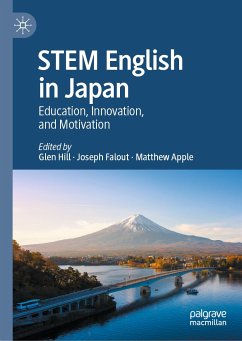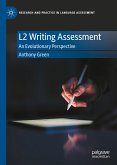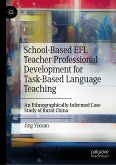-Brian Paltridge, Professor of TESOL, University of Sydney, Australia
"As an engineer-turned language teacher and translator, I'm privileged to recommend this book not only as a laborious compilation of recent research on STEM English in Japan but also, more importantly, as an eye-opening, thought-provoking book full of insights into what is going on in the Japanese ESP educational community amid the increasing pressure for globalization and how language teachers and administrators can work together to help STEM students grow into internationally competent professionals."
-Michihiro Hirai, President, Hirai Language Services Inc., Japan
This book focuses on Japanese science, technology, engineering and mathematics (STEM) students and their experiences of learning English. Students majoring in STEM face unique circumstances regarding their English language education. Despite the global use of English in these fields, the authors argue that Japanese STEM students fail to take advantage of coursework, extracurricular materials, teachers, peers, and other resources to raise their communicative abilities to a sufficient level for the workplace. This book offers insights into how STEM students can learn English more effectively and purposefully. The chapters provide firsthand perspectives into the psychologies, educational programs, and future workplace situations of Japanese STEM students, who are the innovators, inventors, and researchers of the future. This book will appeal to applied linguists and language teachers wherever STEM English is taught.
Glen Hill is a recently retired Associate Professor from Obihiro University of Agriculture and Veterinary Medicine, Japan. He has been teaching in Japan since 1998. For 11 years he has been Chief Editor of the OnCUE Journal, published by the Japan Association for Language Teaching.
Joseph Falout is an Associate Professor at College of Science and Technology, Nihon University, Japan. Awarded five times by Japan Association for Language Teaching for publications and presentations, he authored or co-authored 60-plus works on psychology in language learning and teaching.
Matthew Apple is a Professor in the College of Letters, Ritsumeikan University, Kyoto, Japan. He has taught at various levels of education in Japan since 1999, including junior and senior high school, technical college, undergraduate university, and graduate school.
Dieser Download kann aus rechtlichen Gründen nur mit Rechnungsadresse in A, B, BG, CY, CZ, D, DK, EW, E, FIN, F, GR, HR, H, IRL, I, LT, L, LR, M, NL, PL, P, R, S, SLO, SK ausgeliefert werden.









